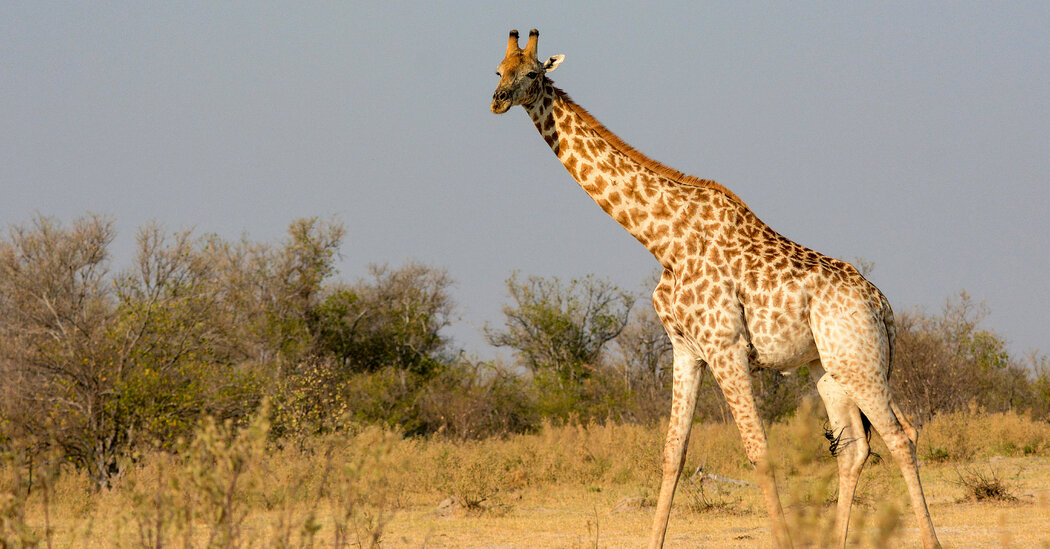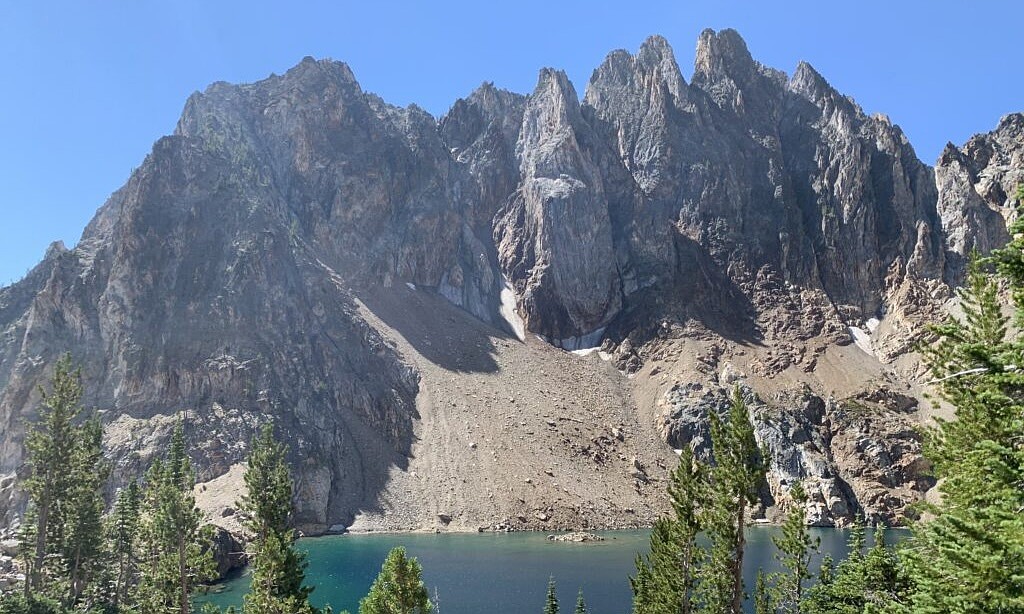Conservation
Why You Can’t Take Photos Inside The Sistine Chapel (There’s A Copyright Involved)
The Secret Reasons Behind the Vatican’s Photo Ban
What’s Happening?
The Sistine Chapel’s strict no-photography policy stirs conversations, especially after high-profile figures like Jason Momoa and Martha Stewart were criticized for snapping pictures. The ban stems from historical copyright deals and modern conservation efforts, making this iconic art treasure a no-photo zone.
Where Is It Happening?
The ban applies to the Sistine Chapel located within the Vatican City, a significant religious and historical site in Rome, Italy.
When Did It Take Place?
The policy has been in effect since the 1990s, long after Nippon TV’s exclusive photography rights expired in 1997. Incidents like those involving Momoa and Stewart highlight its ongoing enforcement.
How Is It Unfolding?
– Nippon TV secured exclusive photo rights during the Sistine Chapel’s restoration, which officially expired in 1997.
– The Vatican enforces the ban to protect Michelangelo’s priceless frescoes from potential damage and fading.
– Security guards actively prevent photography, with violations leading to public scrutiny, as seen with celebrities.
– The policy reflects broader efforts to control crowd behavior and preserve the chapel’s sanctity.
Quick Breakdown
– The Sistine Chapel’s photography ban was enforced to preserve Michelangelo’s masterpieces.
– Nippon TV’s expired 1997 copyright deal adds a layer of precedent to the rule.
– Celebrities like Jason Momoa and Martha Stewart faced backlash for breaking the policy.
– Conservation concerns and visitor control remain primary justifications for the ban.
Key Takeaways
The Sistine Chapel’s no-photography rule, rooted in conservation, history, and respect, underscores the delicate balance between art preservation and public access. While the ban might frustrate visitors, it highlights humanity’s collective responsibility to protect heritage treasures. Michelangelo’s work endures not just as art, but as a testament to patience, craftsmanship, and the fragility of cultural legacies.
“Preservation today ensures wonder for generations—sometimes sacrifices like stepping away from the camera are worth making.”
– Ana Rossi, Art Conservation Specialist
Final Thought
The Sistine Chapel’s photography ban serves as a powerful reminder of the limits art demands to thrive. In an age where every moment begs to be captured, the Vatican’s stance is a quiet rebellion, urging us to savor beauty with our eyes alone, not our screens.
Source & Credit: https://www.slashgear.com/1942867/why-you-cant-take-photos-inside-sistine-chapel/
Conservation
Scientists Split Giraffes Into Four Species. Three Are In Trouble.
Conservation
See pictures of Florida’s secretive, rare rainbow snake
Conservation
New map shows public land in Idaho flagged for potential disposal
-

 Dallas2 weeks ago
Dallas2 weeks agoDallas Wings Make Joking Comment on Indiana Fever After Upset Win
-

 News2 weeks ago
News2 weeks ago49ers Head Coach Reveals Surprising Praise for Broncos’ Bo Nix
-

 News2 weeks ago
News2 weeks agoKyle Schwarber Drops Massive Hint on Staying With Phillies for ‘Period of Time’
-

 Dallas2 weeks ago
Dallas2 weeks agoSophie Cunningham Issues Apology After Actions in Fever Loss
-

 News2 weeks ago
News2 weeks agoPhillies $100M Slugger Responds on Kyle Schwarber Potentially Joining NL Rival
-

 News2 weeks ago
News2 weeks agoAnn Wilson of Heart returns from cancer battle to concert stage
-

 Dallas2 weeks ago
Dallas2 weeks agoCowboys Reveal Surprise View With Luke Schoonmaker Prediction
-

 News2 weeks ago
News2 weeks agoReporters Complain About DC Crime Before Trump Federalizes DC Police














